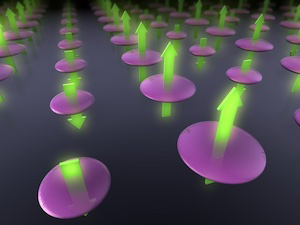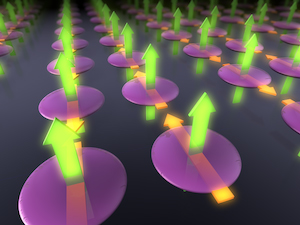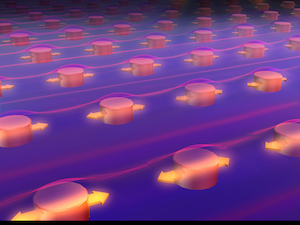Kyoto, Japan -- A novel light-manipulating technology has been developed by an international team, including Kyoto University, that can be applied to lasers, sensors, and nonlinear optics.
The technique tightly confines near-infrared light within a nanodisk periodic structure. By breaking the symmetry of the periodic square lattice of silicon nanodisks, the team has demonstrated experimentally and computationally their ability to systematically control bound states in the continuum, or BICs.
These light distribution states result from global cancellation of light escaping by destructive interference of scattering waves from silicon nanodisks.
"In this study, starting from a periodic square lattice of a silicon nanodisk -- a Bravais lattice -- three types of non-Bravais lattices were made by varying the position of a second lattice point in the unit lattice and the size of the disc," explains lead author Shunsuke Murai.
In Bravais lattices, used in crystallography to help us understand and classify crystal structures, all the lattice points were equivalent, meaning all those points could be superimposed by the unit cell.
Non-Bravais lattices were created by introducing a second non-equivalent lattice point. These samples were produced using electron-beam lithography and dry etching.
"We applied phototonic, or photosensitive, non-Bravais lattices consisting of silicon nanodisks to control near-infrared light," the author adds.
However, by selecting the appropriate period of these lattices and the material of the nanodisks, not limited to silicon, BIC control may be possible over a wide frequency range from UV to millimeter waves.
Murai concludes, "The robustness of BIC control over the imperfections in fabricating these lattices was a bonus and an encouraging surprise, given that manufacturing flaws are inevitable."









